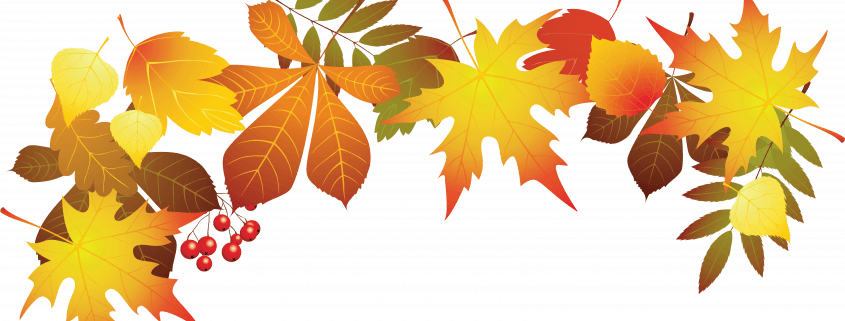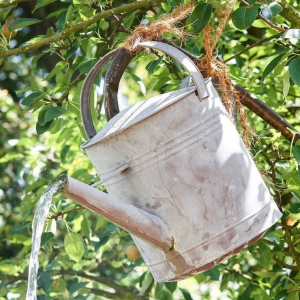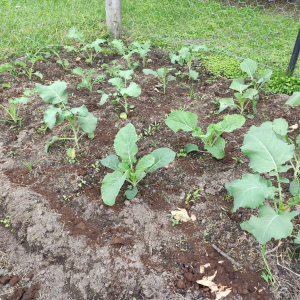Autumn colour and food for thought
With the Covid-19 isolation rules in place, what better time to have a look around our gardens and take note that the garden can be as beautiful in the throes of late autumn/winter as during the warmer seasons of spring and summer.
The cooler months bring with them the beautiful structure of the near-bare trees—their interesting shapes and bark colours as they drop their final autumn leaves and the first frosts cloak them in a glistening white. What better time to see the amazing colours of the bark of Crepe Myrtle? This beautiful small tree not only has amazing flowers in mid-autumn but then follows up with glorious coloured leaves, falling to reveal the greyish pink bark, a standout feature of this tree. In recent times some beautiful, dark-leafed forms have been developed to add another dimension to the colours of the garden.
Another great tree for winter colour is the Golden Ash, which is left with lovely yellow branches that give a eerie look through the frost and fogs of winter.
The late autumn garden brings with it the flowering of many plants, including the glorious Hellebore. These beautiful perennials thrive under deciduous trees as they are protected from the summer heat, then they’re exposed to the autumn/winter sun where they throw out their clusters of softly coloured flowers. There has been an amazing amount of breeding done with these plants in recent times, bringing to the gardening world many forms and colours. In both single and double forms, they also come in a wide range of colours from white, through shades of pink and burgundy, to greys and yellows. They will be available in nurseries now.
Another group of plants that perform very well in the cooler months with their late-autumn to winter flowering is the Camellia sasanqua. This group has many uses, from screening to espalier and groundcovers. The groundcover varieties, Marge Miller and Snow, look fabulous in a large pot or as a groundcover hanging over a wall or around the base of upright forms of Camellia.
Sasanqua camellias are an extremely hardy plant. They can tolerate full sun and, once established, lengthy periods of dry conditions. Coming in both single and double forms, they have a wide range of colours, including white, pink, burgundy and red. There are now ‘slim’ varieties available for that narrow part of the garden that might require a plant for screening.
Late autumn also brings with it the last opportunity to do some late fertilising of both lawns and gardens, before it becomes too cold for them to take up the nutrient. A complete NPK lawn food for will keep them looking nice and green until the frost start to brown them off. A couple of handfuls of an organic fertiliser around trees and shrubs will also help them through until spring.
The amazing demand by gardeners wanting to grow their own food plants has resulted in a shortage of seedlings and seeds. The best suggestion is to place an order at your local nursery—you will be notified when they become available. The vegetable garden should be well and truly prepared for planting by now and ready for the plants when available. Plants and seeds for the winter garden include cabbage, cauliflower, broad beans, onions, peas, carrots and kale. Once again check out your nursery for availability,
Watch out for the cabbage moth as they can do some early damage on cabbages, cauliflowers and other brassicas.
Until next time, keep healthy and safe.
Nurseries are considered an essential business and customers looking for plants, particularly food plants, can call their outing to a nursery ‘essential travel’.
Keith wishes to reassure readers that Tilba Nursery is practising strict entry rules. The gate is closed until they invite you in—one at a time unless a single household. Then they comply with 1.5m separation. Counters and other facilities are wiped down with sanitiser after each customer, and they sanitise themselves after each customer.
They also now offer free home delivery (minimum amount applies) to Tilba, Bermagui, Narooma, Mystery Bay, Dalmeny and Kianga.



